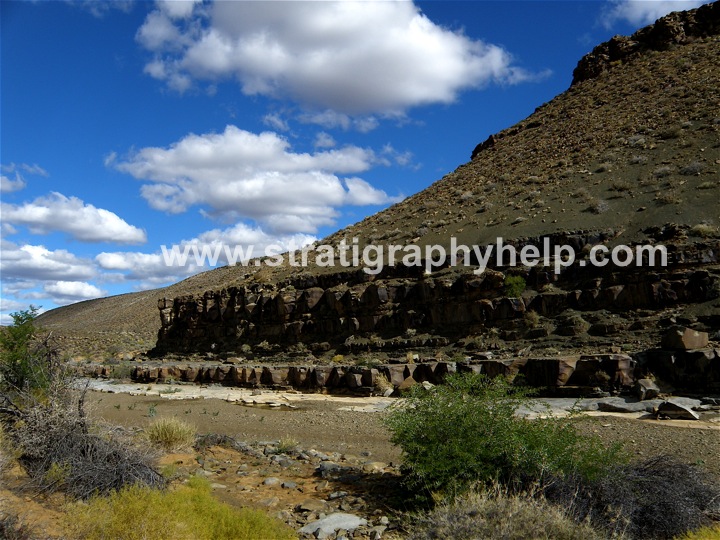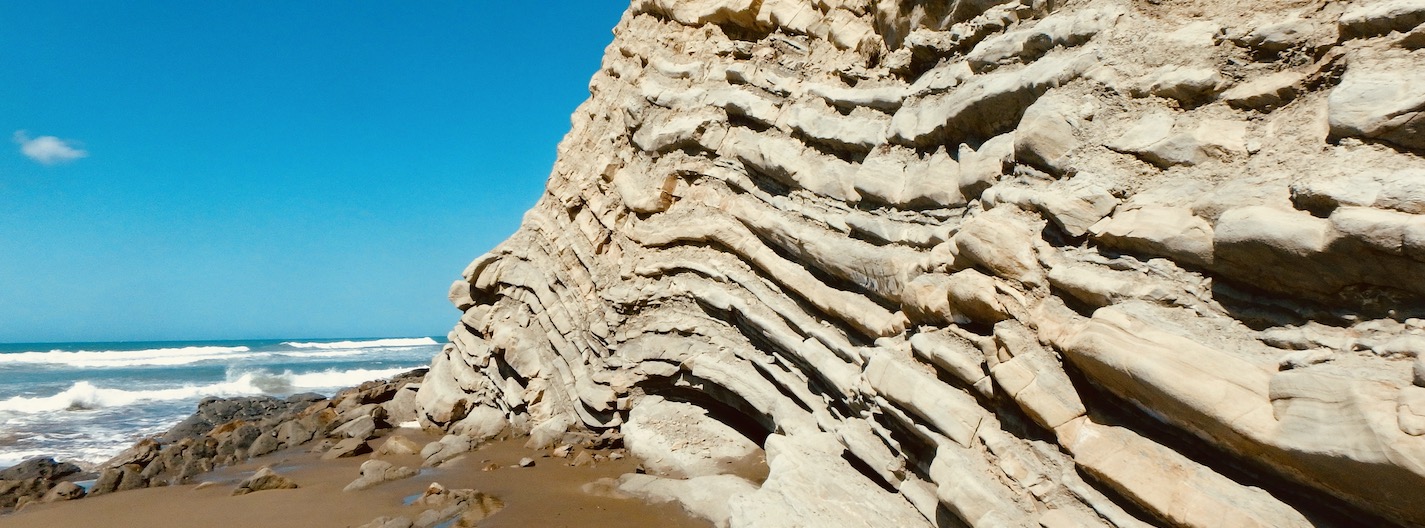
Exploration and Development of Deepwater Reservoirs
Course Details
This is an in-depth course which not only provides the background of process sedimentology required to understand deepwater systems but also teaches recognition of sediment gravity flows on sub-surface datasets. The instructor will present examples of deepwater depositional systems from world-famous outcrops such as the Ross Sandstone, the Ecca Group of South Africa, and the Ainsa system of the Spanish Pyrenees and others. The course slides are richly illustrated with seismic, well-log, and core data from basins across the globe. Morning sessions will be devoted to lectures and afternoon sessions will be devoted to exercises where participants will learn the latest techniques in interpreting process sedimentology, and identification of architectural elements such as channels and lobes in core, conventional well-logs, borehole image logs and seismic data. The instructor will bring a teaching collection of seismic lines, well-logs, borehole images, and core images with for participants to work on during exercises. These are from the North Sea, Offshore West and East Africa, Offshore Indus, the Barents Sea, Offshore Mid-Norway, and the Gulf of Mexico.Learning Outcomes
By the end of this course participants should be able to: 1. Differentiate between Mass Transport Complexes, Sediment Gravity Flows, Contourites, and Pelagites/Hemipelagites and predict Net:Gross values and reservoir distribution using seismic data. 2. Differentiate between channels, lobes, mass transport complexes and contourite deposits on conventional well-logs and borehole image logs. 3. Identify processes responsible for sedimentary structures, bedforms and lithology and common deepwater lithofacies and use these to determine environments of deposition and lateral continuity of reservoir using core. 4. Create better geomodels by integrating sub-surface datasets and understanding what algorithms to use for different architectural elements. 5. Construct cross-sections based on deepwater sequence stratigraphy.Who Should Attend
Geologists, Geophysicists, Petrophysicists, Engineers and Managers who wish to develop a better understanding of the factors that control reservoir distribution, quality, connectivity and compartmentalization in deepwater systems. The course assumes no prior knowledge and will provide participants with a solid foundation that they can translate into their daily tasks during exploration and development.
Need more information?
Course Outline
Day 1
I. Introduction to deepwater oil and gas exploration, global distribution of prospective deepwater areas, shelf morphology, mobile substrate basins, the concept of confinement, and sequence stratigraphy of deepwater petroleum systems: effects of relative sea-level fall on sediment gravity flows, canyon incision, longshore drift capture, discussion and identification of key surfaces such as the Maximum Flooding Surface and Sequence Boundary and their identification in seismic, well-log and core data, autocyclic vs allocyclic changes and their controls on reservoir distribution and architecture, predictive stratigraphic models of Mike Gardner (Build-Cut-Fill and Spill and Adjustment-Initiation-Growth-Retreat).
II. Exercises on introductory sequence analysis on seismic and well-log data
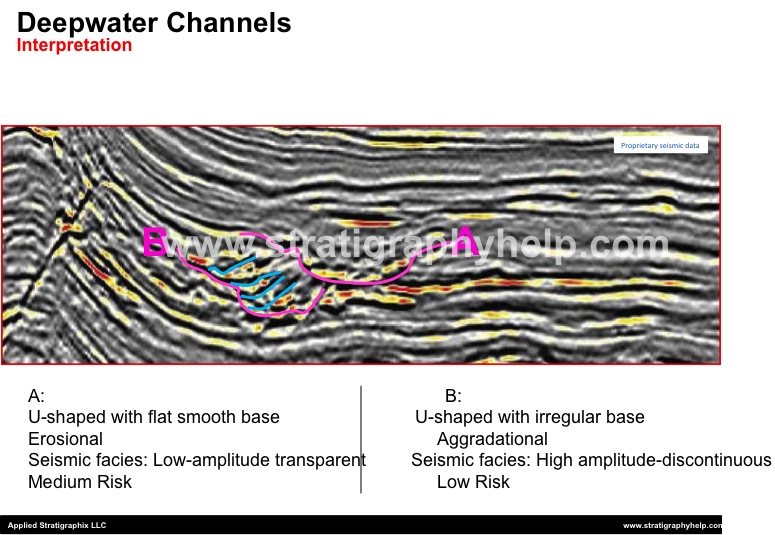
Day 2
I. Process sedimentology of deepwater systems: fluid gravity vs sediment gravity flows, hypopycnites, hyperpycnites, debrites, contourites (bottom-current deposits), turbidites, hybrid beds, linked debrites, slurry flows, traction vs suspension bedforms, liquefaction and fluidization, mass transport complexes, slides vs slumps and the effects of processes on reservoir quality. During this session you will learn how to identify deepwater processes by looking at core data and how to use the Kneller-Branney matrix to predict the occurrence of reservoir quality sands in your basin.
II.Exercise on the identification of sedimentary processes and products on deepwater core
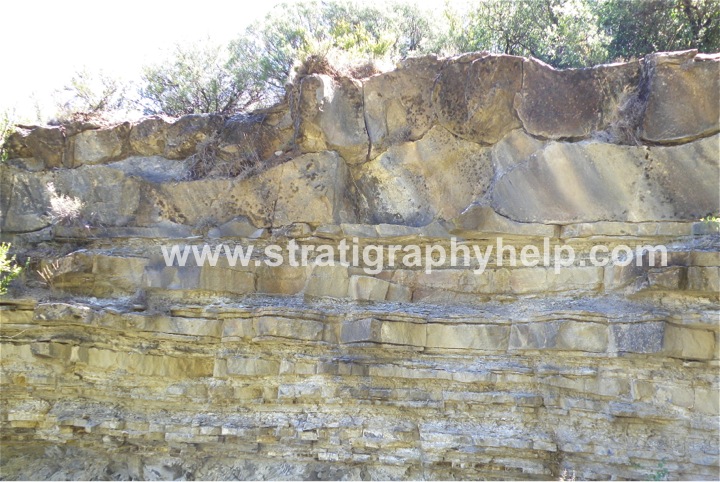
Day 3
I. Deepwater Channel storeys, elements, complexes and complex sets (hierarchy), fill, architecture, evolution, channel-axis vs channel-margin facies, recognition in outcrop, core, well-logs and seismic, assigning risk to drilling deepwater channels, confined vs poorly confined and organized vs disorganized channel belts and the preservation of reservoir quality sands, processes of flow-stripping, elutriation and flow-filtering, differentiating external vs internal levees in deepwater channel levee systems.
II. Exercise on identification of sedimentary structures using borehole image logs and interpreting depositional environments in FMI logs.
III. Exercises on seismic expression of deepwater channels
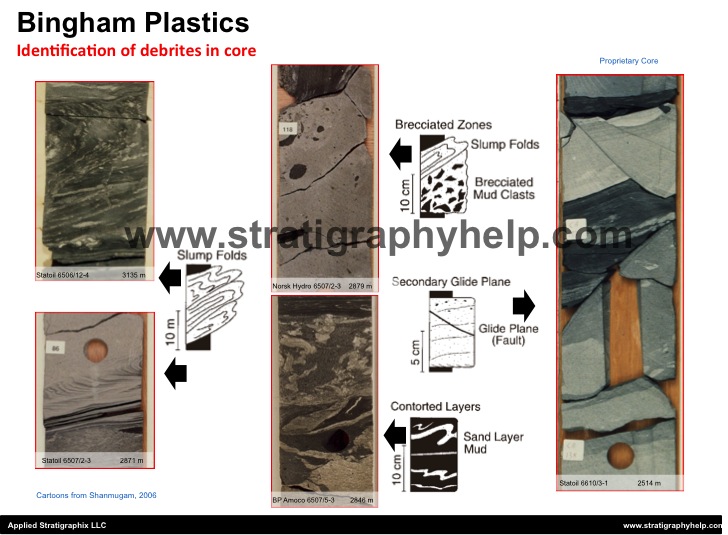
Day 4
I. Deepwater lobe beds, lobe elements, lobes, lobe complexes and fans (hierarchy), axis vs fringe facies, architecture, evolution, recognition in outcrop, core, well-logs and seismic. Mud-rich, Sand-rich and Mixed-systems and their characteristics, flow efficiency and its relationship to basin morphology, compensation stacking, changes in reservoir thickness and quality as a consequence of lateral and down-dip facies change.
II. Exercises on seismic expression of lobes, fans, channelized lobes and mass transport complexes.
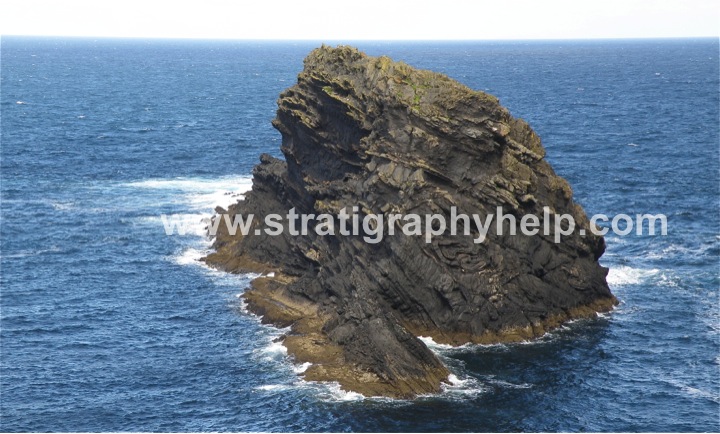
Day 5
I. How to approach deepwater reservoirs from exploration to development, systematic approach in seismic interpretation of deepwater sedimentary successions, sequence analysis, seismic facies analysis, classification of your deepwater system, selecting modern and ancient analogs, seeking expertise, steps in creating geomodels: creation of facies logs, deriving geometric data such as channel thickness and width, sinuosity, and choosing the best algorithm for modeling deepwater architectural elements.
II. Exercises on creating facies logs and setting up data for geomodels.
